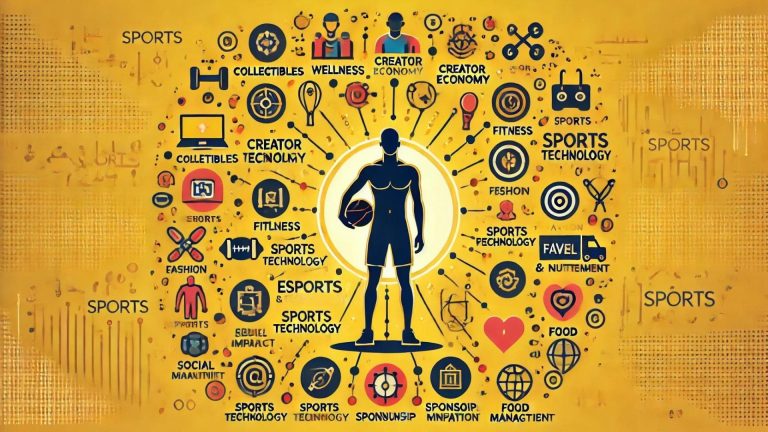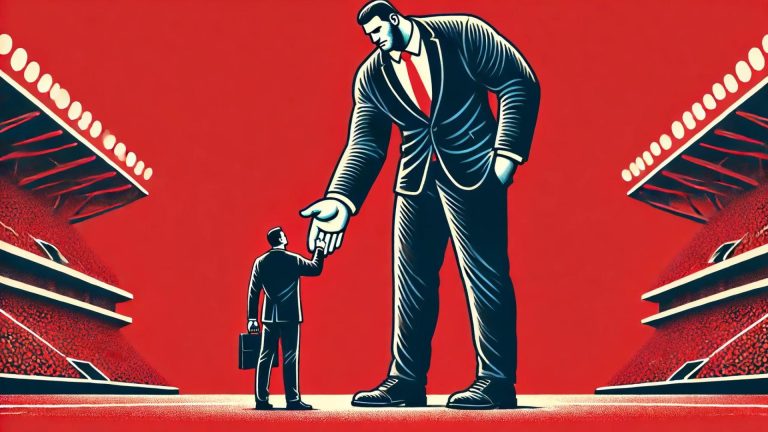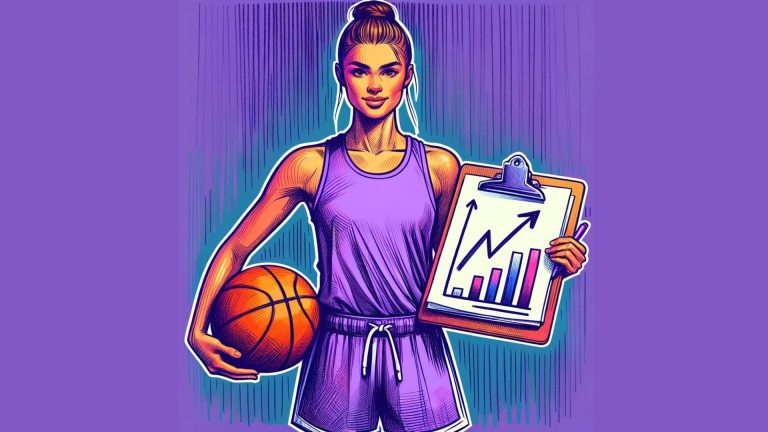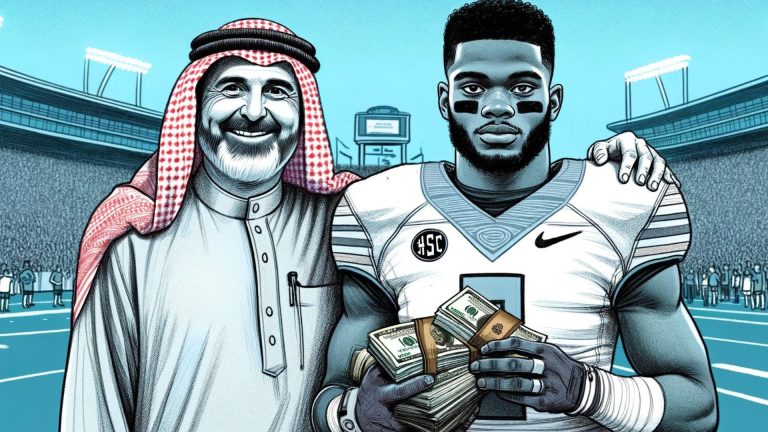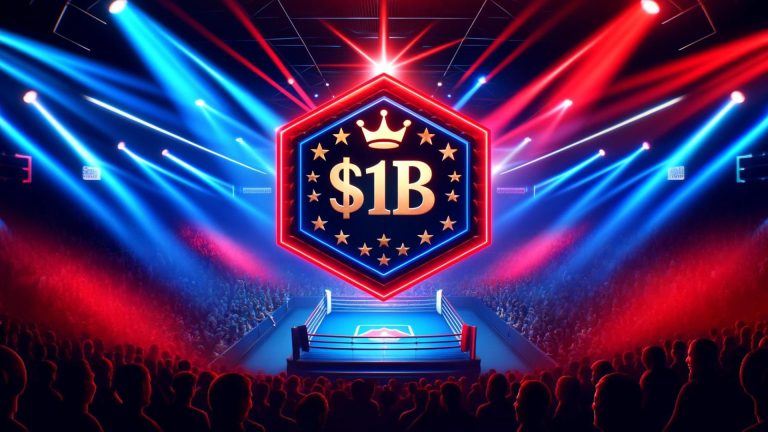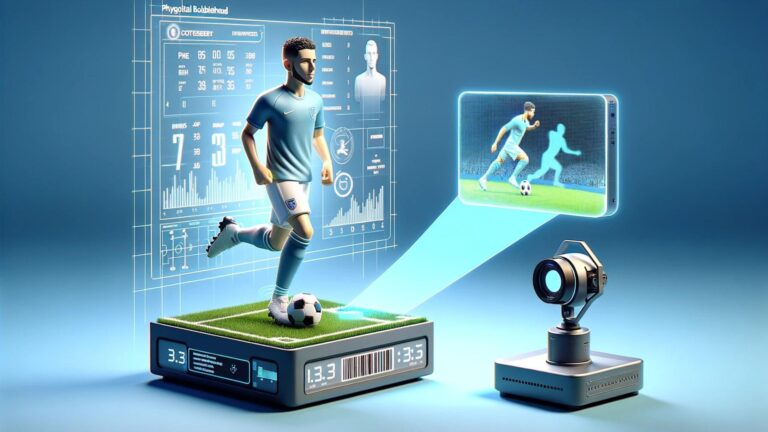Eager to usher in a newer, younger group of sports bettors — the gamification of gambling has become an increasingly bigger business fueled by governments and pro sports.
But this doesn’t just apply to athletics…
Even Uber is a gamified app — it’s a dopamine reward center that fuels on your animal brain to accept more rides (and make more money).
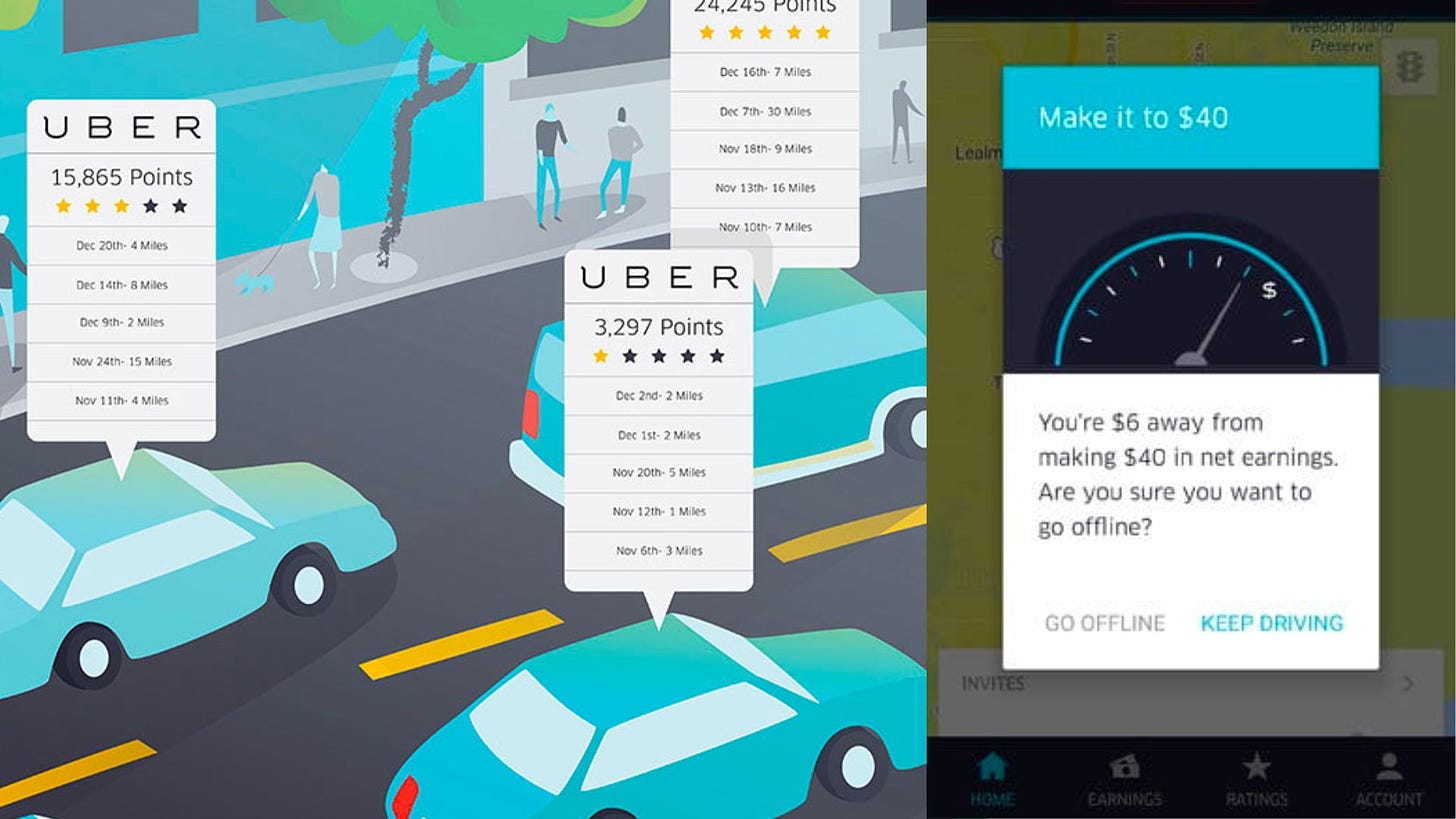
Our lives have become gamified…
But that’s what GenZ knows and what startups, teams, and leagues are trying to figure out in sports.
Let’s Dive In 👇
Understanding Gamification
Gamification is not about creating games — but rather about applying game-like elements to non-game contexts.
These elements provide a sense of achievement, competition, and progress by tapping into intrinsic motivators like autonomy, mastery, and purpose.
Some good gamification examples:
- scores
- badges
- quizzes
- rewards
- challenges
- leveling up
- leaderboards
- progress bars
- competition with others
For Gen Z and Alpha, these elements are a powerful tool for fan engagement (they were born using digital technology).
Starbucks has successfully made gamification an intrinsic part of its offerings (and their retention rate is 20% higher than the industry average).
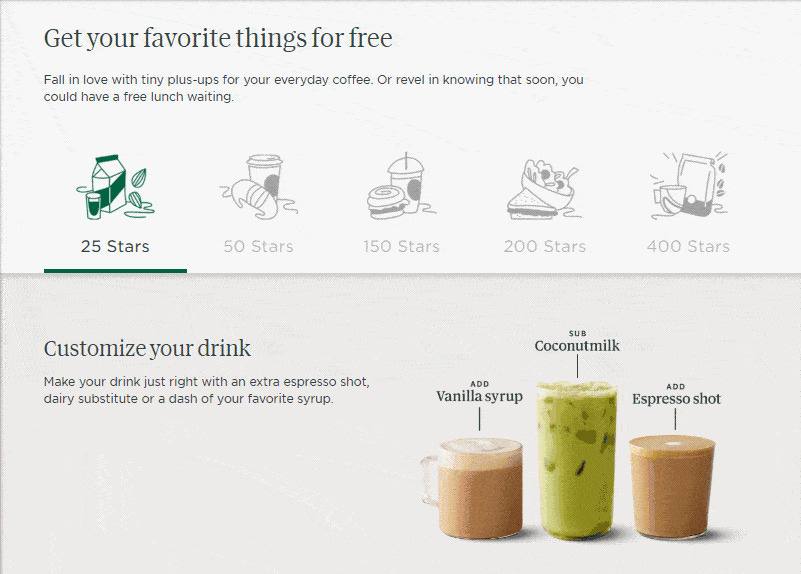
Why Gamification Appeals to Gen Z and Alpha?
1️⃣ Digital Natives:
Both Gen Z and Alpha are incredibly tech-savvy. They’ve grown up with technology, making them more receptive to digital innovations like gamification.
2️⃣ Seeking Instant Gratification:
The fast-paced reward systems in gamification cater to the younger generation’s desire for instant gratification and achievement.
3️⃣ Interactive Learning:
Traditional learning methods don’t resonate as well with Gen Z and Alpha. Gamification introduces an interactive element that makes learning and engagement more dynamic and enjoyable.
4️⃣ Social Connectivity:
Many gamified platforms incorporate social elements, allowing users to connect, compete, and collaborate, appealing to the inherent social nature of younger generations.
Gamification represents a significant shift in how we understand user engagement, particularly for the younger generations.
By tapping into the interactive, competitive, and social aspects that define gaming culture, businesses can create more meaningful and engaging experiences for Gen Z and Alpha.
Sports Gambling
I’ve said it before and I’ll say it again…
Sports betting is the greatest fan engagement tool ever created.
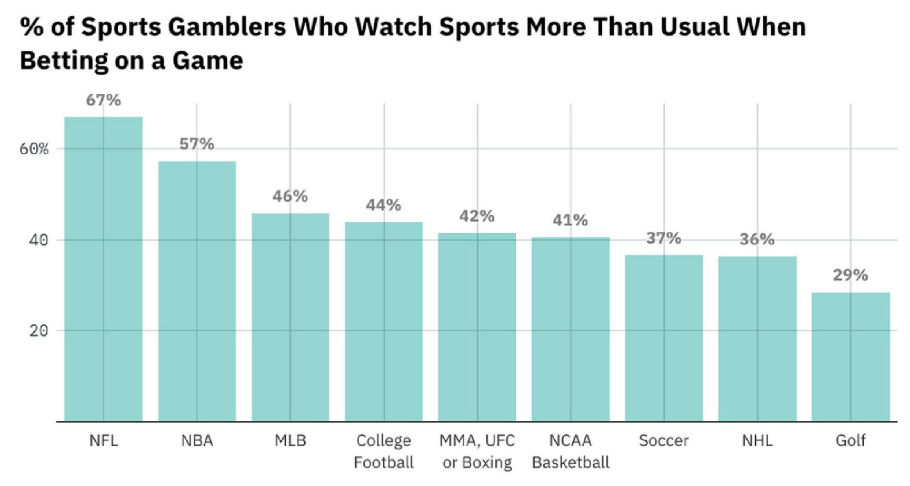
When you have money on the line (or the ability to place money) you have an actual stake in the game and will continue to watch.
The most highly bet on sport is American football — which is why this chart makes sense:
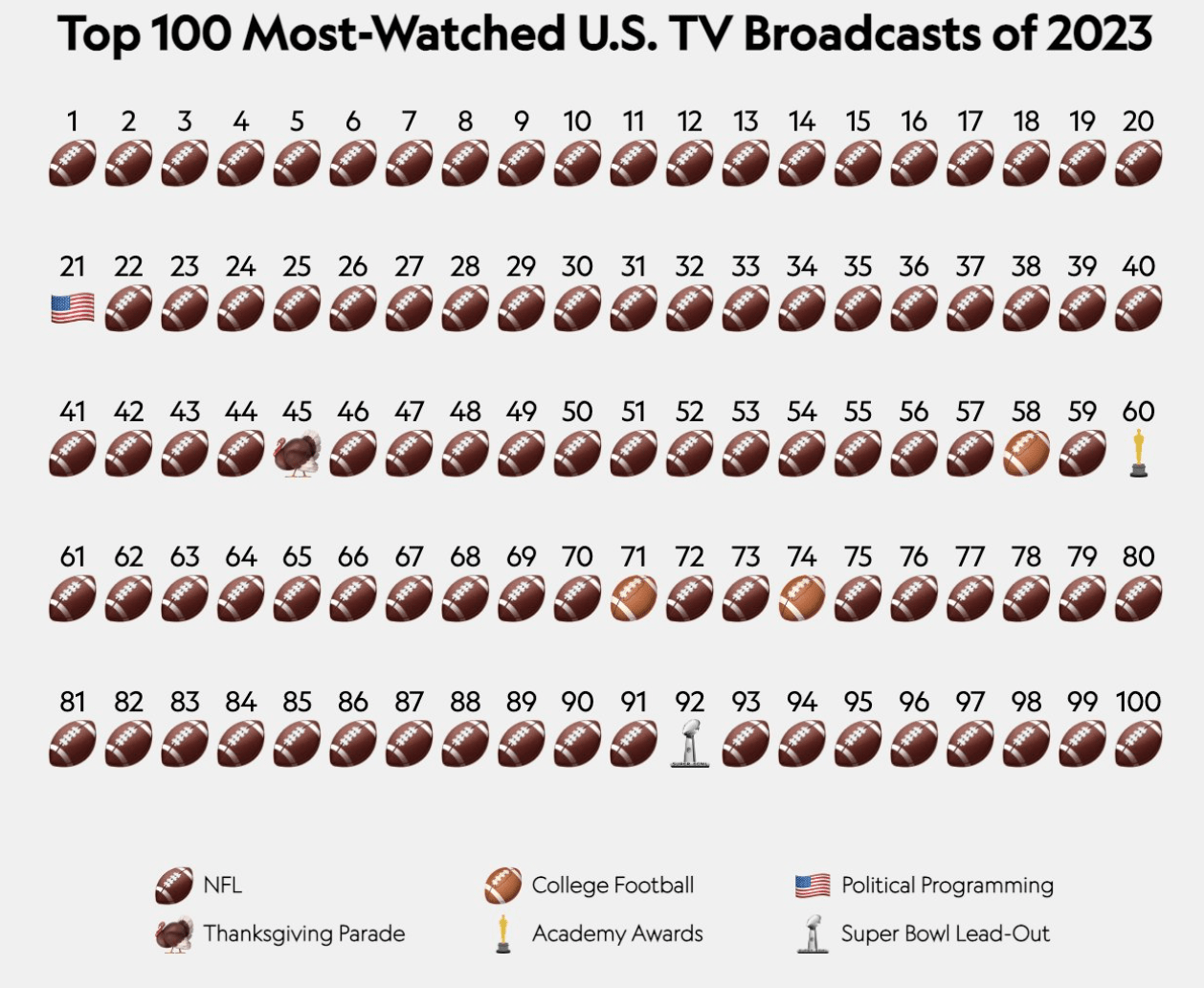
The thing is…
People will bet on anything, sports is just the “easiest” and what people “think” they know the best.
Women’s sports have experienced massive growth over the past couple of years, in part because of the ability to bet on games.
Look at these stats:
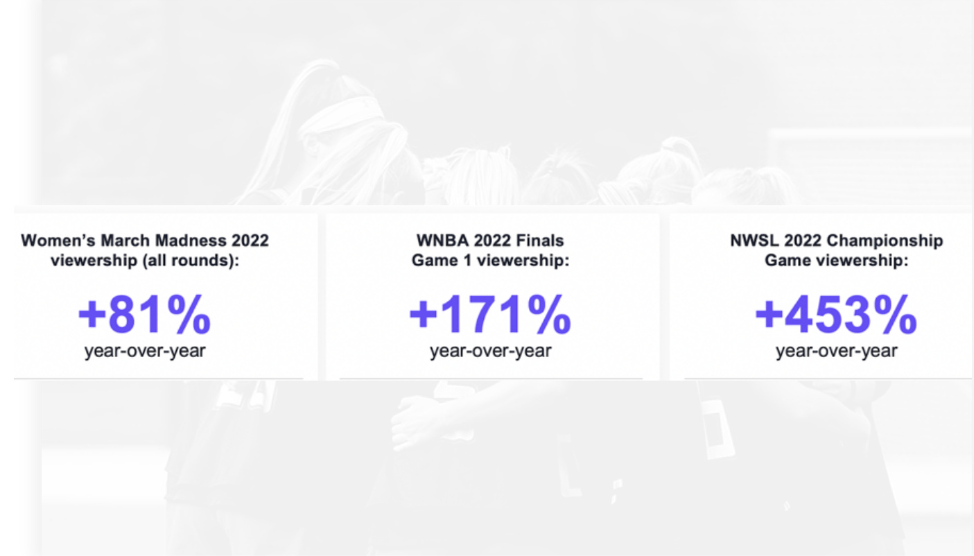
Last year, we saw a handful of athletes invest in the $35M Series A round of Jackpot, an app for buying lottery tickets.
Jackpot’s goal:
to grow the $100 billion/yr lottery ticket market by making it a “form of entertainment” and attracting younger people…a.k.a. gamification
The market for legal sports betting in the U.S. has been doubling nearly every year in terms of the amount wagered.
Stats like this may be indicators of why:
- young people like to bet (60% are under 40 years old)
- they do it often and in increasingly large stakes (20% bet once a month or more)
- it keeps their short attention spans on live sports
Betting companies have figured out sports. Sports have figured out betting.
But what’s next?
The Next Layer of Gamification
What’s now trying to be cracked are the intermediate fan applications.
- Is it AR/VR?
- Web3 fan-token games?
- Engagement social apps for fans?
Many startups have tried to innovate in this area but have largely fallen short, except for betting and fantasy apps.
However, a new breed of companies seems to be emerging that are building at the intersection of fan interaction and sports live commerce.
More on immersive tech in a future briefing.
What Else?
Gamification is globalizing sports.
You can now compete with somebody in Brazil, South Korea, or anywhere else in the world (you are no longer bound to a physical location).
We’re seeing the concept of “exergaming” take the passion for gaming and turn what was once considered a sedentary behavior into a potentially more active and healthy activity.
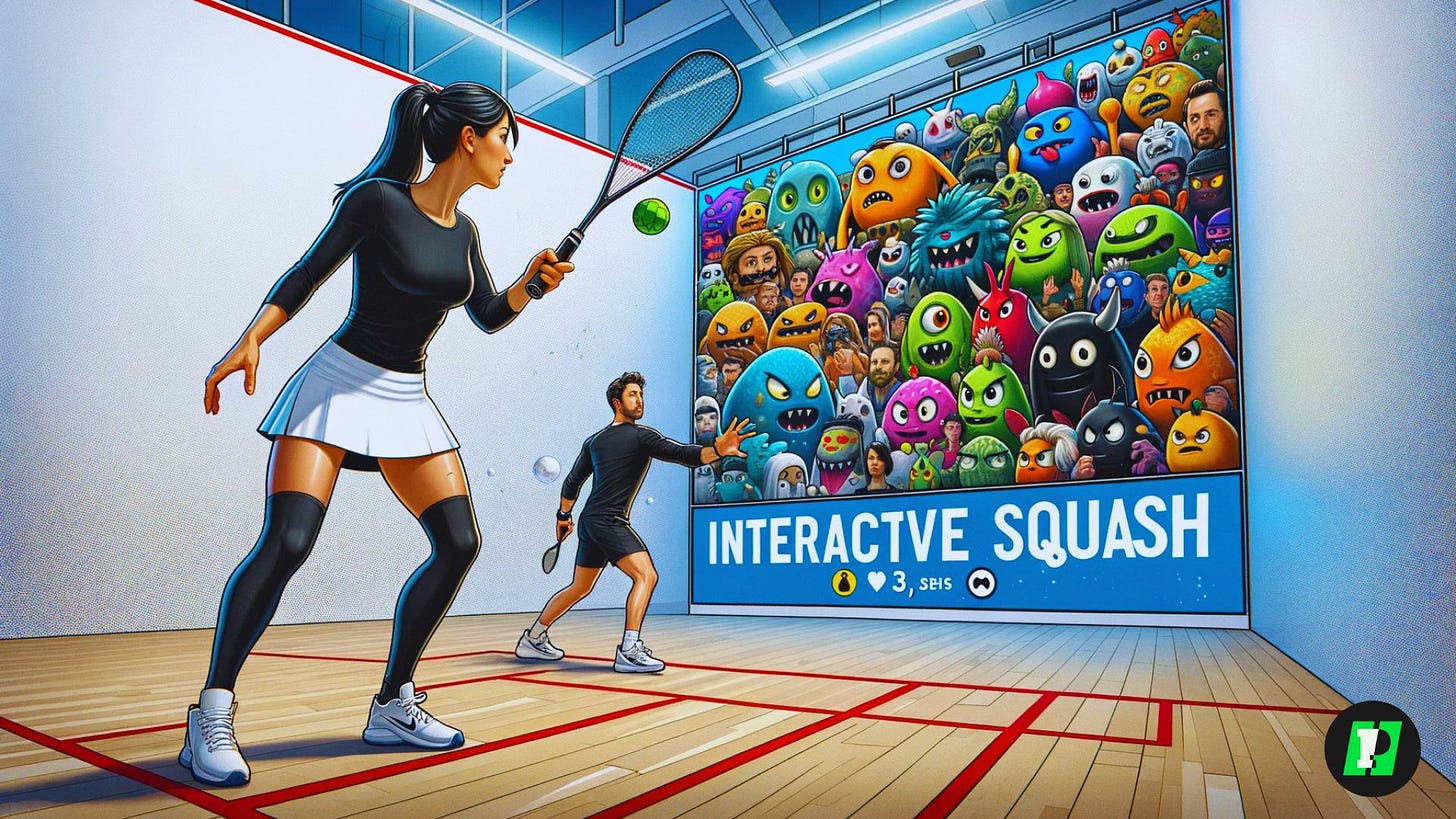
And while all this is taking place…
Gaming is continuing to grow:
- Music: $11B
- Movie: $97B
- Gaming: $225B
The digital and physical worlds are colliding at record speeds — and sports are right at the epicenter.

